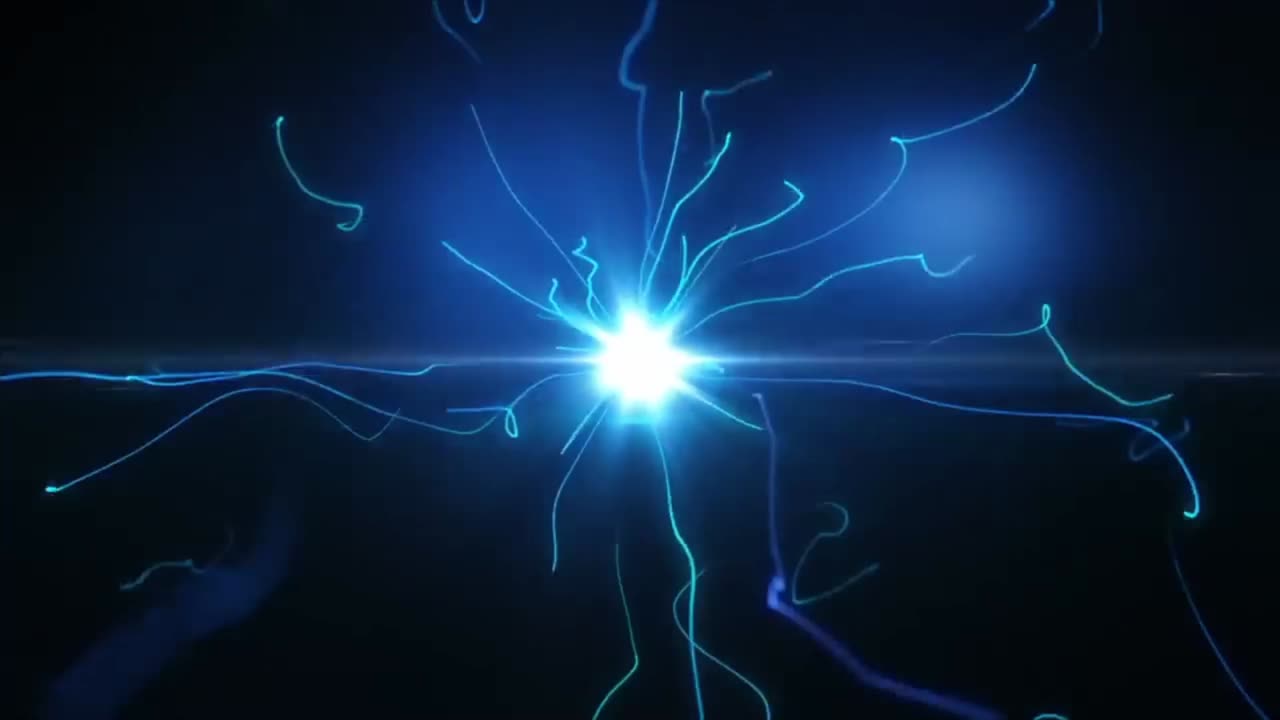Premium Only Content

Detection of the Universe’s Gravitational Waves
Space Science - The detection of the Universe’s background gravitational wave radiation - “Count what is countable, measure what is measurable, and what is not measurable, make measurable”—attributed to Galileo Galilei
The detection of a predicted universal background of gravitational waves rippling across the fabric of space-time was announced last Wednesday by the NANOGrav consortium of over 190 scientists at more than 70 institutions. Like the very first detection of gravitational waves themselves, made just eight years ago, it represents a triumph of mankind’s increasing technical mastery of the natural world.
The 2015 experimental discovery of gravitational waves targeted “high frequency” waves produced by merging compact objects weighing around the mass of heavy stars, whose oscillations have periods in the range from a fraction of a second to several seconds. This week’s announcement, using an entirely different technique, probes a very different frequency range of waves whose periods range from months to decades. In doing so, it probes a very different set of physical phenomena but confirms the same underlying physical principle, that matter in motion also sets space-time into rippling motion.
The NANOGrav discovery builds upon decades of work in opening gravitational radiation as a new window into probing the universe and some of its most exotic elements and builds atop a great edifice of physics whose foundation was laid in the opening years of the 20th century by Albert Einstein in his theories of Special and General Relativity. That such a large consortium and such an immense undertaking could be confidently assembled and brought to fruition is itself a validation of the materialist conception of nature and the harmonious and comprehensive achievements in physics over the past two centuries.
-
 2:04:30
2:04:30
TimcastIRL
7 hours agoEpstein Files Release IMMINENT, Trump AG Says The List Is ON HER DESK w/ Will Chamberlain
130K132 -
 1:25:35
1:25:35
Roseanne Barr
12 hours ago $41.58 earnedKash Me Outside, Pedos | The Roseanne Barr Podcast #88
71.1K59 -
 1:21:55
1:21:55
Kim Iversen
8 hours agoMultiple States To BAN mRNA Vaccines | They Want to Make Protesting Illegal, Here's How
54.1K70 -
 7:34:25
7:34:25
Dr Disrespect
15 hours ago🔴LIVE - DR DISRESPECT - WARZONE - IMPOSSIBLE TRIPLE THREAT CHALLENGE
186K27 -
 1:02:45
1:02:45
Tundra Tactical
5 hours ago $14.23 earned🛑 KASH PATEL NEW ATF DIRECTOR??? Breaking News!!!! 🛑
42.2K7 -
 4:31:10
4:31:10
I_Came_With_Fire_Podcast
15 hours agoMy EURO Divorce | HOGG with a side of PAC | Foreign FUNDS Fudged
25.2K2 -
 37:44
37:44
Glenn Greenwald
12 hours agoGlenn On Tearing Down the Military Industrial Complex, Exposing Pro-Israel Indoctrination, and More | SYSTEM UPDATE #411
101K118 -
 4:04:20
4:04:20
Nerdrotic
11 hours ago $49.24 earnedAmazon Takes 007! Hollywood is Lost, Disney Cancels WHO? | Friday Night Tights 342 /w ItsAGundam
162K35 -
 43:27
43:27
Tucker Carlson
11 hours agoRay Dalio: America’s Hidden Civil War, and the Race to Beat China in Tech, Economics, and Academia
156K182 -
 56:56
56:56
Candace Show Podcast
11 hours agoEXCLUSIVE: Taylor Swift Will Be Deposed. | Candace Ep 150
177K147